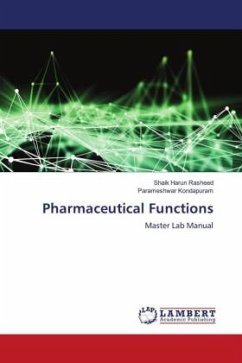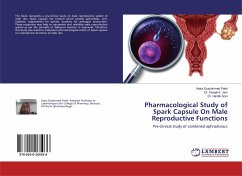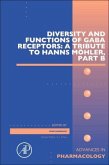Heparin refers to a naturally occurring glycosaminoglycan which is used as a type of drug. These drugs are classified as anticoagulants since they rely on the activity of antithrombin. Heparin is primarily utilized to treat unstable angina and heart attacks. It is administered through injection into a vein under the skin. Its other applications include usage in kidney dialysis machines and inside test tubes. It is an unfractionated mixture of various partially sulfated polymers of different carbohydrates such as D-glucosamine, L-iduronic acid, 2-acetamido-2-deoxy-D-glucose, D-glucuronic acid, and 2-deoxy-2-sulfamino-D-glucose. Heparin chains are diverse in size and include both N- and O-sulfation and N-acetylation patterns, due to the complex biosynthesis process and unpredictability of animal species and tissues. This book provides comprehensive insights into the structure, functions and clinical applications of heparin. It aims to serve as a resource guide for students and experts alike.








